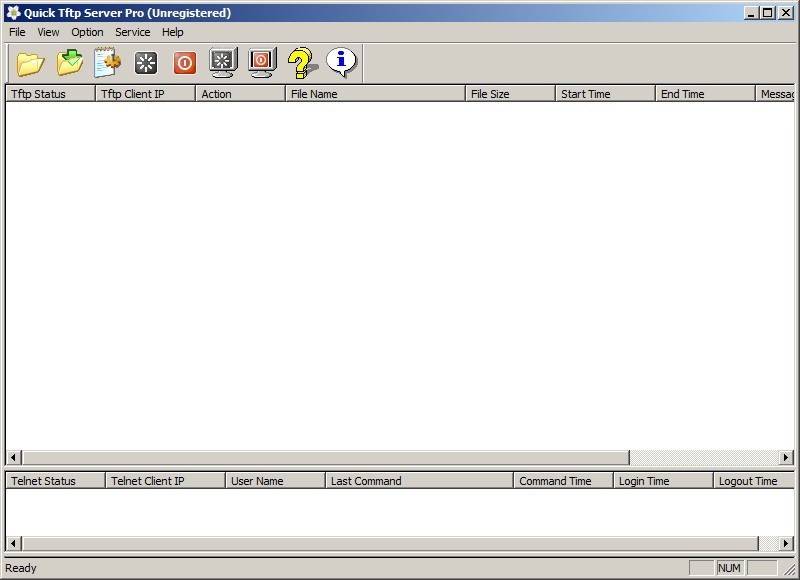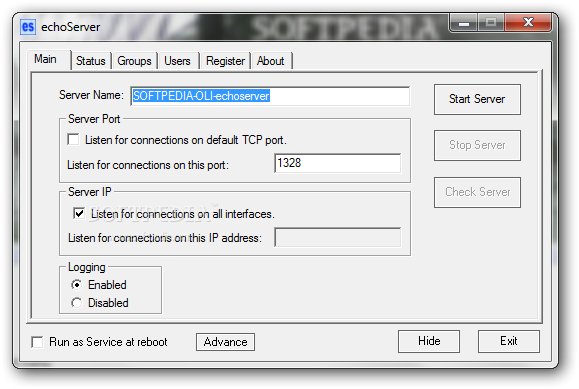


The initiating host will send a request packet to host at port 69 which contains filename and transfer mode.Once you find the right TFTP download for your IT department, here is what typically happens during installation: Installing a TFTP Download – What Happens Next?

This makes it much more convenient for users to send out multiple files without having to wait for confirmation. This means by using a transfer window, multiple packets may be sent out even though they have yet to be acknowledged. The file “transmitter” will send new packets before getting acknowledgements for the previous packets. This is because the total size of the data payload and protocol headers can’t exceed the 1500 bytes Ethernet MTU.Įven though the TFTP protocol is standardized as “lock-step”, it does work with a transfer window. The most commonly-used transfer speed is 1468 bytes. With a default block size of 512 bytes, the transfer rate is then limited to 25 kb.īy using larger blocks such as 1024 or 1468 bytes, the transfer speed will increase significantly. Here’s a quick example of how to TFTP: if the RTT between two hosts is 20 ms, the transmitter will send up to 50 blocks per second. The transfer rate is limited to the round-trip time (RTT). The TFTP protocol uses a lock-step algorithm – the transmitter sends a block of data and after it receives acknowledgement of reception, it then sends the next block. TFTP technology is used with software for network monitoring to remotely boot computers. In order for IT professionals to learn how to TFTP, they need to understand how TFTP is typically used in network environments.


 0 kommentar(er)
0 kommentar(er)
